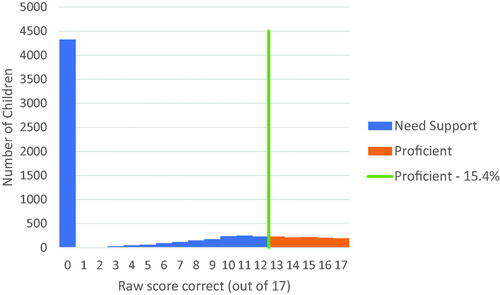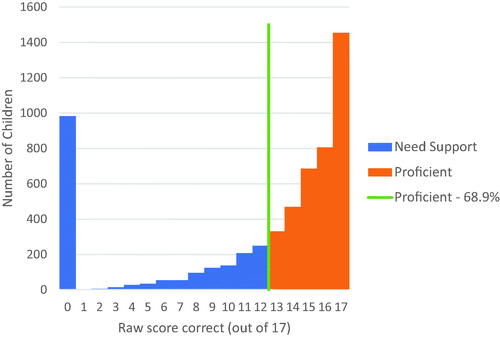Figures & data
Figure 1. Overview of the Better Start Literacy Approach key components. Reproduced with permission from the Child Well-being Research Institute, University of Canterbury.
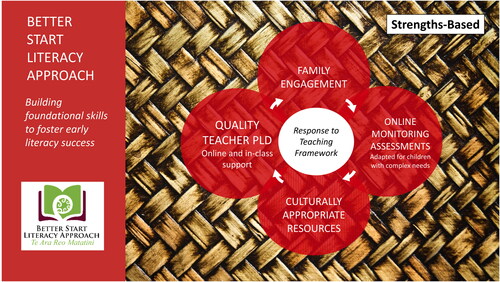
Figure 2. Initial phoneme identity baseline assessment (n = 6819). All children were aged between 5y0m and 5y3m at time of assessment, with 28.4% of children reaching proficiency on this task.
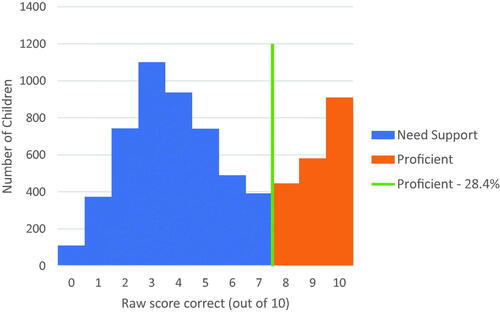
Figure 3. Initial phoneme identity 10 week assessment (n = 4905) for the school entry cohort. Following 10 weeks of Tier 1 BSLA teaching, 72.5% of this cohort reached proficiency.
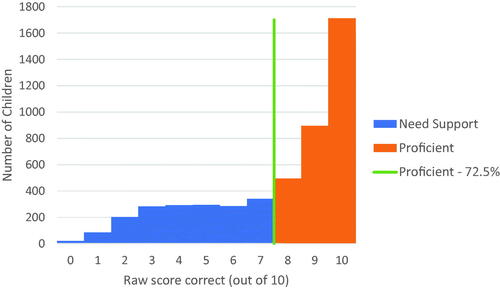
Figure 4. Phoneme blending baseline assessment (n = 6772). All children were aged between 5y0m to 5y3m, with 21.8% being proficient on this task at school entry.

Figure 5. Phoneme blending 10 week assessment (n = 4905) for the school entry cohort who were aged 5y0m–5y3m at baseline assessment. Following 10 weeks of Tier 1 BSLA teaching, 63.1% of this cohort reached proficiency.
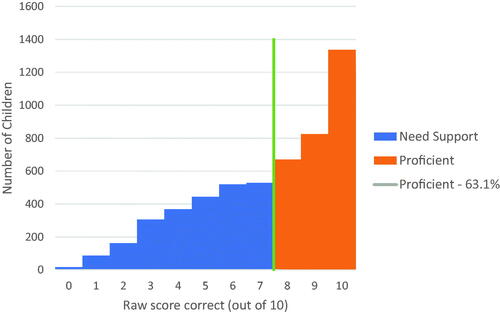
Figure 6. Phoneme grapheme knowledge set 2 (n = 6749) baseline assessment. Set 2 contains more complex phoneme grapheme matches (e.g. ch, sh, th) and is implemented if children reach proficiency on set 1. All children were aged between 5y0m and 5y3m, with 15.4% of the cohort being proficient on this task at school entry.
